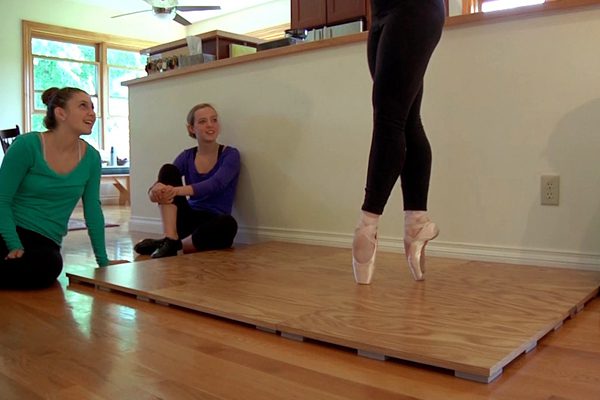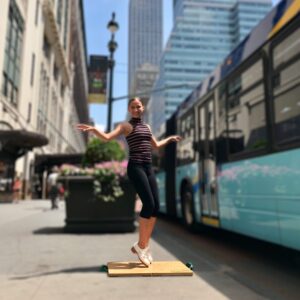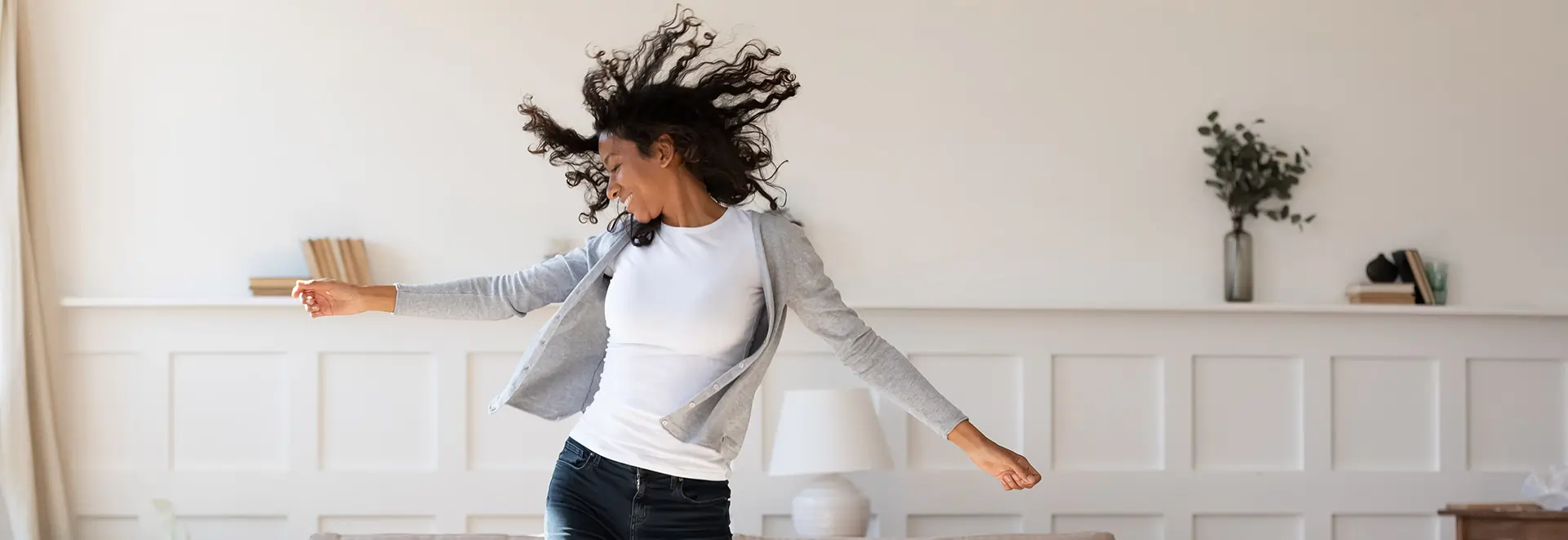There are only a few people in the world who won’t take advantage of an opportunity to dance. Whether you’re a professional dancer, an aspiring beginner, or a casual fan of the practice, portable dance floors make it easier than ever for you to get your steps in.
When it comes to finding the best portable dance floors for your needs, you have to keep your intentions and guest list in mind. If you want home dance floors for personal use, the floor you invest in may be different than that suited for an upcoming wedding.
What Are Portable Dance Floors?
As the name suggests, portable dance floors are dance floors that you can semi-permanently install in hotel rooms, your home, wedding venues, and other locations. These dance floors are easy to pack away and travel with, but they also provide you and any guests you may have with a distinct space in which you can practice your dancing.
Portable dance floors come in handy if you’re on the go or want to hold a dance-oriented event in an unconventional location. Because these dance floors are relatively easy to secure, you can take an hour or so to set them up yourself and ensure that all visitors or fellow dancers can make the most of the space you’re in.
What Types of Portable Dance Floors Are There?
There’s more than one kind of portable dance floor available on the market today. These floors vary in both size and material, meaning that you have ample opportunity to shop for the floor that best suits your needs.
Some of the most common portable dance floor materials include:
- Vinyl roll floors
- Wooden portable dance floors
- Foam-based portable dance floors
Dance Styles and Dance Floors for Home
The type of home dance floor you’ll want will depend on the dancing you intend to do. When you break down portable dance floor options by popular dancing styles, you’ll find that different floors are better suited for different needs.
Ballet
While ballet-specific shoes and rosin help dancers grip the portable ballet floor they’re dancing on, you’ll want to ensure that your portable dance floor doesn’t disrupt your overall control. Slip-controlled floors are some of the best suited for standard ballet and pointe work, whether you’re in the studio or working from home.
Dance-specific vinyl, sometimes called Marley, increases the amount of friction that exists between your pointe shoes and the floor. Some of these vinyl surfaces are designed specifically to provide enough slip resistance that you won’t need to use rosin for pointe work. You can rely on these floors to limit any missteps and prevent slip-related injuries.
Tap Dance
Tap floors need to withstand a significant amount of wear and tear over the course of your practice. That being the case, both wood and vinyl floors have a place in a tap dancer’s practice studio. Vinyl rolls limit slippage while also providing dancers with a sturdy surface to move across. Wood floors tend to take on a little more damage than vinyl floors, but they’re also the most traditional floors to practice tap upon and provide the best sound quality The specific finish of the wood floor will determine whether the floor is slippery, or if it provides a good slip-resistant surface for both ultimate safety and sound.
Modern Dance
Whether you’re performing modern dance barefoot or while wearing sneakers, you need a floor that will prevent injuries without limiting your ability to slide. With that in mind, wood floors tend to be your best friend. Portable wood dance floors offer a stable and smooth surface without the taped seams that often disrupt the smooth feel of a vinyl dance surface. As you leap, slide, and twist, you can trust these floors to keep you both stable and mobile.
As with any dance floor, and especially If you plan on practicing particularly aggressive moves, it’s in your body’s best interest to ensure that the floor you’re dancing upon is a sprung portable dance floor.
Jazz
Jazz dance is not the same as tap dance, though many people outside of the practicing world may conflate the two. Instead, jazz dance is relatively non-aggressive. This means that you can practice jazz patterns on a wooden floor with ease.
Wooden floors tend to allow for slipping movements without compromising your safety. So long as you have jazz-appropriate socks or shoes on, you can take advantage of a portable wooden floor whenever you need to stretch your legs.
Swing and Ballroom Dance
Swing and ballroom dancing involve a reasonable amount of fast footwork and long gliding motions That means you need a portable dance floor that can hold up to quick, widespread movements as well as significant wear and tear.
Again, vinyl floors can work well here, but even better are hardwood floors. While you may want to avoid footwork that requires a more slippery surface, as many ballroom dancers prefer, you can still practice safe lifts, dips, and basic steps on either of the surfaces mentioned above.
Find the Best Dance Floors for Home
The best portable dance floors on the market today marry safety and versatility. As you’re shopping for the home dance floor that suits you best, you can shop vinyl, wood, and foam-based sprung portable dance floors that are all designed to travel with you.
Make sure you have the appropriate equipment on hand, and you’ll find it easier than ever to make time for dancing, no matter where in the world you roam.







